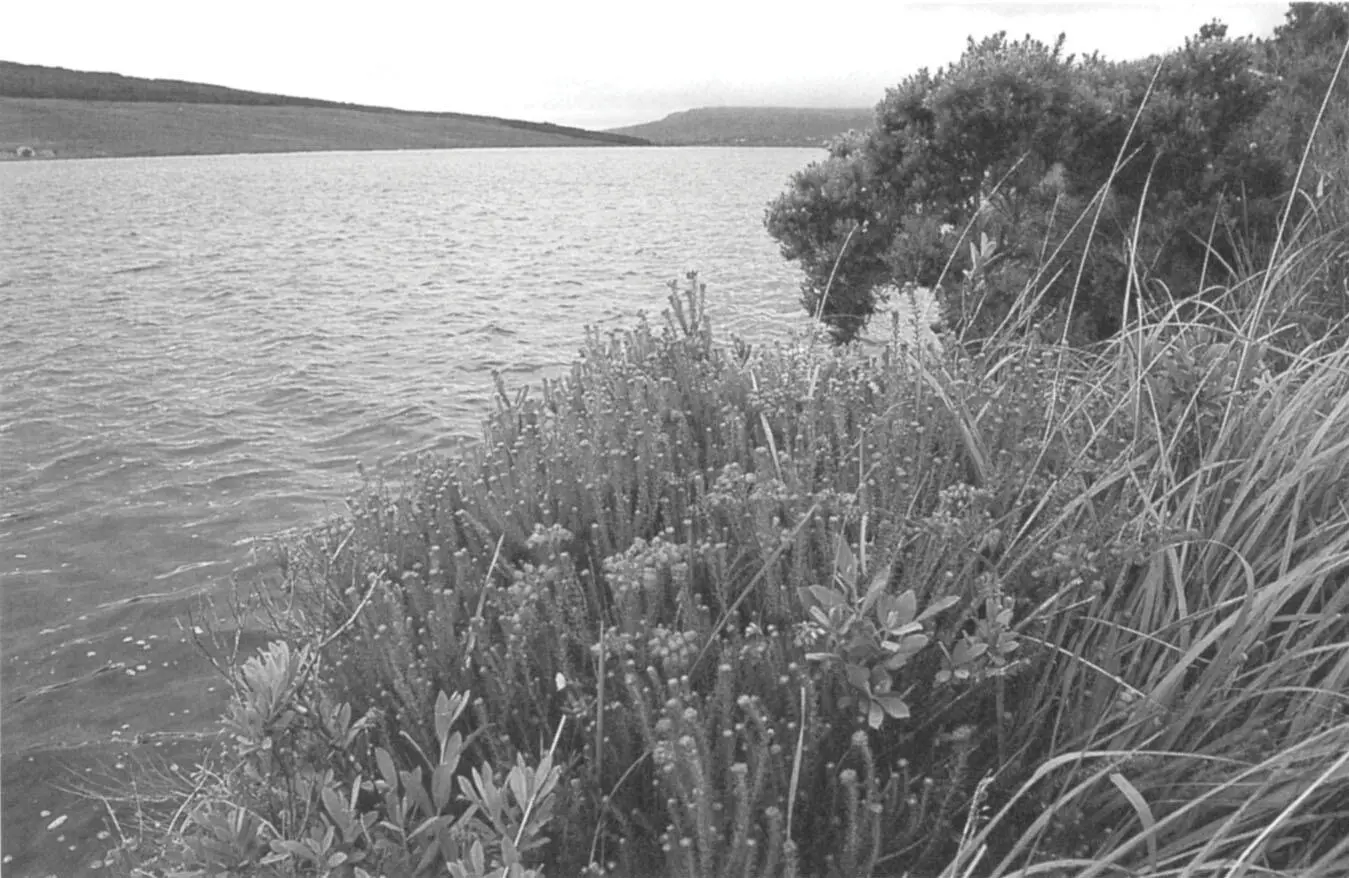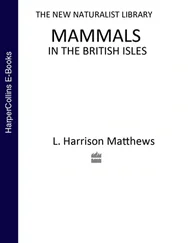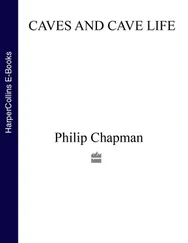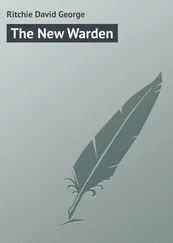5. DACE
Accidentally introduced to the River Blackwater at the same time as the roach. Apparently two tins of each species were brought over from England as pike bait and were washed away in a flood. 65In the late 1980s and early 1990s they were illegally introduced to Doon Lake, Co. Clare and to the lower end of the River Nore. 72
Many of these introductions have upset the ecology of rivers and lakes, and led to the displacement of native species such as trout. The roach, one of the most recent interlopers and a prolific breeder, has rapidly spread from its initial area of introduction in Co. Cork some hundred years ago to colonise many river systems. It has displaced the rudd and hybridised with it, and also with bream. Apart from interspecific competition for food resources, introduced fish can bring with them fungal, viral, bacterial and other diseases. Cross-breeding with closely related species will cause genetic disruption to the disadvantage of resident species. However, fish, like other animals, are able to share out food and habitat resources. As a general ecological principle, coarse fish tend to occupy warmer, calmer and muddier waters, leaving the more turbulent, oxygen-rich and cooler areas to the native salmon and sea trout.
The heathers
The Ericales or heathers are to many people the most typical and interesting group of peatland plants in Ireland. They are pretty and colourful, and five species are of particular biogeographical and botanical interest. Not only do they have a restricted distribution in Ireland but they exhibit a discontinuous or relict distribution in Europe, suggesting a more widespread earlier dispersion. Such issues raise many difficult questions such as when and how did they travel to Ireland, or have they been resident here since Gortian times? Why are four of the species concentrated in a relatively restricted bogland area of west Galway and Mayo? Together with five other plant species – large-flowered butterwort, St Patrick’s cabbage, kidney saxifrage, the strawberry-tree and the Irish orchid – they form the central core of the so-called Mediterranean-Atlantic element of the Irish flora. These are the species found generally in the west and southwest of Ireland, western France, Spain, Portugal and in some western Mediterranean locations. The presence of the five heaths in Ireland, and how they accomplished and survived the transition from quite different ecological circumstances are puzzling questions. If they entered Ireland on a land bridge from north Spain during an interglacial period, why did none of them lodge in Cork and Kerry? Why did they all congregate in western Galway and Mayo?
As the five species of heath are such special members of the Irish flora, additional information is presented on their discoveries and general ecology.
1. DORSET HEATH
Originally discovered in 1846 by Thomas Bergin at one very small site, close to a bog road, some 6 km southeast of Clifden, Co. Galway. Bergin presented an annotated herbarium specimen to Trinity College Dublin. 73It was reported again from the same location in 1852 and then remained elusive until it was rediscovered by Lambert in 1965. Its site is a damp hollow, close to the road, and it has been suggested that the location indicates introduction by the agency of man. 74Its growth is low and straggly, and seems at a disadvantage in relation to the nearby and taller vegetation of purple moor-grass and soft rush. The site extends no more than a few square metres with approximately five plants. 74Its bell-like deep pink flowers are large, up to 8–10 mm, with leaves in whorls of three. The population here is unique in that there are no glands on the tips of the stout marginal hairs of the leaf. 75It is sterile, never setting any seed of its own, but a hybrid with cross-leaved heath has been found here by Scannell. Outside Connemara it only occurs in Cornwall, Devon and further east in Dorset. In Britain it hybridises with cross-leaved heath. On the Continent it occurs in central France, Spain, Portugal and in heathy woodland in northwest Morocco. Dorset heath was present and growing in Ireland during the warm interglacial Gortian period some 428,000–302,000 years ago (see below). 1
2. MACKAY’S HEATH
Confined to Counties Donegal and Galway until it was recently discovered in northwestern Mayo in 1990 by van Doorslaer in a small area of raised bog near Bellacorick. The natural hybrid Erica mackaiana x tetralix (a cross between Mackay’s and cross-leaved heath) was growing nearby. In Donegal, Mackay’s heath grows on blanket bog on the shore of Lough Nacung Upper near Dunlewy, while in west Galway there are two stations – one small colony 1.5 km southeast of Carna and the other, more extensive (about 3 km 2), around Lough Nalawney on the lowland blanket bog stretching southeast from Clifden to Errisbeg. The species was first discovered, prior to 1835, by schoolmaster William McAlla, who was born at Roundstone. It has shorter, broader, darker green leaves than Dorset heath, but like the latter it is sterile, for reasons not yet understood. It spreads vegetatively and the population would therefore seem to consist of a single clone from the original plant or plants. It hybridises with cross-leaved heath. The hybrid is now known as E. x stuartii. Outside Ireland it is found only in the province of Oviedo in northwest Spain, in the mountains of Castile and Asturia. Remains of leaves of E. mackaiana have been recorded in postglacial deposits from a blanket bog near Roundstone, Co. Galway 76and from the much earlier interglacial Gortian deposit. Remains of Mackay’s, Dorset and Cornish heath have all been found in the Gort deposits as they have been in other interglacial deposits raising the possibility that they may have survived the final stages of the Ice Age and that they may not be of recent origin. 2,77

Mackay’s heath at Lough Nacung Upper, near Dunlewy, Co. Donegal. Very similar to crossleaved heather but has a stronger and bushier habit.
St. Dabeoc’s heath with its urn-shaped corolla.
3. ST DABEOC’S HEATH
Confined to but very numerous in some locations in west Galway and in south and west Mayo from near Cong and Partry to the Killary Harbour and Croagh Patrick, and at Corraun on Achill Island. It was first unwittingly discovered by Edward Lhwyd, the great Welsh naturalist and antiquarian, who found it growing in most of the mountains of Galway and Mayo during a visit, probably mid May 1700. At the time he did not know it was St Dabeoc’s heath, describing it as ‘…an elegant sort of Heath, bearing large Thyme-leaves, a spike of fair purple Flowers, like some Campanula, and various stalk…’. He brought his specimens back to London and presented several to his friends there, including the botanist Petiver who later identified and described it in 1703. 78It is a small undershrub with straggly branches, often growing up through heather or gorse. Its leaves are narrow, elliptical, shiny green on top and whitish underneath. The large purplish corolla is about three times the size of those of bell heather. It is absent in Britain but found in southwest France as far north as the River Loire, and especially in the Cantabrian mountains, in the Spanish peninsula and the Azores. In the Pyrenees it survives quite happily under a snow covering for five months each year, belying the notion that it is a tender Mediterranean plant.
4. IRISH HEATH
First found by Mackay in 1830 on Errisbeg, near Roundstone, Co. Galway, and later in other localities in west Co. Galway. In Co. Mayo it is present at the mouth of Killary Harbour, on Clare Island, at Bellacragher Bay (north of Mallaranny), northwards to the Mullet peninsula and eastwards to Lough Conn (west and eastern shores). It is absent from Britain. The single station northwest of Bordeaux in southwest France is probably extinct. 75It occurs in good quantity in Portugal and in northwest Spain. Unlike the other heaths in Ireland, it may start flowering in January with the blooms at their finest in April, producing one of most magnificent botanical sights in the country. This hairless shrub forms dense stands, sometimes as high as 3 m, both at sea level (Praeger once observed it adorned with seaweed thrown up during storms) and on the mountainside (up to at least 155 m) rising up from the head of Bellacragher Bay. The sight of it here in early spring is a truly remarkable botanical feast. 79On the Bellacragher Bay mountainside the heather tracks the snaking pathways of small streams and rivulets that provide the plant with extra nutrients and moisture. Irish heath is also found further south, in the remarkable area of lowland blanket bog between Roundstone and Clifden, Co. Galway, that was covered with woods in the aftermath of the last glaciation. Jessen showed from the analysis of pollen remains found in the muds that Irish heath was growing in those woods, as it does in northwest Spain today. 77How it successfully survived the transition from a protective woodland environment to the barren, bleak and windswept blanket bog habitats in the west of Ireland is a tribute to its adaptive capabilities. Unlike the two other rare heaths, Dorset heath and Mackay’s heath, it is fertile and reproduces by seed. It has been argued by Foss & Doyle that it could have been introduced to Ireland by man some 500 years ago, at a time when there were direct trade links between Ireland, Spain and Portugal. Irish heath is found growing close to many pilgrimage shrines and abbeys in Portugal, Spain and France and it is postulated that it could have been carried by pilgrims. 80
Читать дальше













